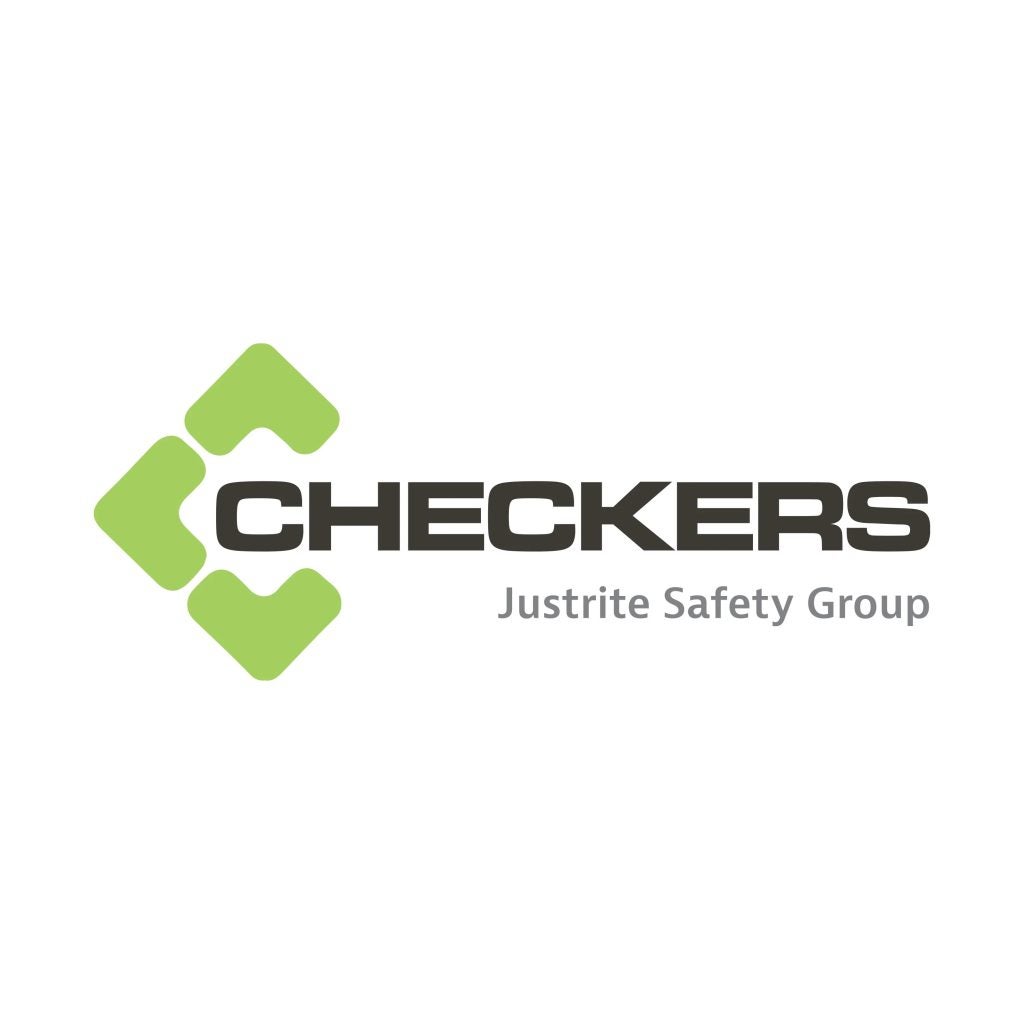
Ten seconds. That’s about the same amount of time that it takes to tie your shoelaces or to fold a T-shirt. According to the Occupational Safety and Health Association (OSHA), that’s also the longest it should take anyone to reach a safety shower if they are splashed with a hazardous chemical.
OSHA’s regulators set these emergency safety shower standards to make sure workers can receive immediate relief from chemical burns and other workplace safety hazards. But these are not just recommended guidelines. OSHA has no issues with enforcing its regulations through fines. In fact, the organization increased their maximum penalties in January 2020. Willful violations of OSHA rules or standards can now cost companies nearly $135,000 in fines.
Ten seconds passes very quickly, but for an injured person it can feel like both an instant and an eternity. Every second beyond ten increases the intensity of the burn. Every delay causes more severe damage to body tissue, eyes, or skin.
Practising OSHA emergency safety shower standards in tough environments
From oil refineries to manufacturing plants, there are many situations in which industrial operations must occupy large areas due to the complex combination of processes and the high volumes produced. Expansions to existing facilities to take advantage of economies of scale increase the site footprint even more. Remote sections of a plant can be miles away from utility.
Case Study: The Tengiz Oilfield
The Tengiz oilfield in Kazakhstan is in one of the harshest environments in the world. Temperatures range from minus 49˚ F to 113˚ F (minus 45˚ C to 45˚ C), making it very difficult to supply potable water in the tepid range. Hughes Safety Showers provided Tengiz with Polar Emergency Tank Showers. The additional benefit of an enclosed cubicle means that the casualty remains in a safe and comfortable environment until help arrives.
Hughes created custom immersion heated emergency tank showers that are suitable when low ambient temperatures make it impractical to use a standalone safety shower. With a large tank capacity, some of them can provide a tepid water flow of up to 20 gallons (76 litres) per minute for the shower and three gallons per minute for the eyewash for 15 minutes. Heaters and dual thermostats ensure water temperature remains in the tepid range by using immersion heaters and chiller units for both hot and cold climates.

